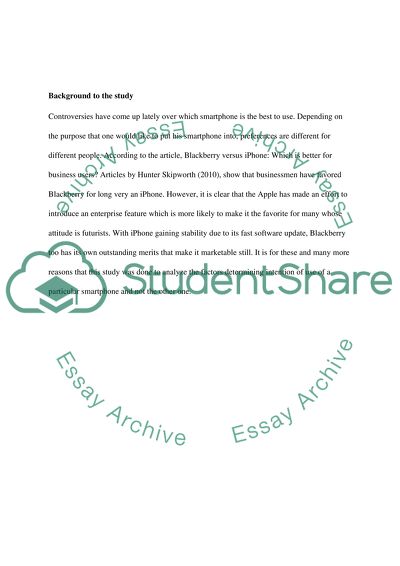Cite this document
(“Informatin systems in business Assignment Example | Topics and Well Written Essays - 3000 words”, n.d.)
Retrieved from https://studentshare.org/information-technology/1403764-informatin-systems-in-business
Retrieved from https://studentshare.org/information-technology/1403764-informatin-systems-in-business
(Informatin Systems in Business Assignment Example | Topics and Well Written Essays - 3000 Words)
https://studentshare.org/information-technology/1403764-informatin-systems-in-business.
https://studentshare.org/information-technology/1403764-informatin-systems-in-business.
“Informatin Systems in Business Assignment Example | Topics and Well Written Essays - 3000 Words”, n.d. https://studentshare.org/information-technology/1403764-informatin-systems-in-business.


